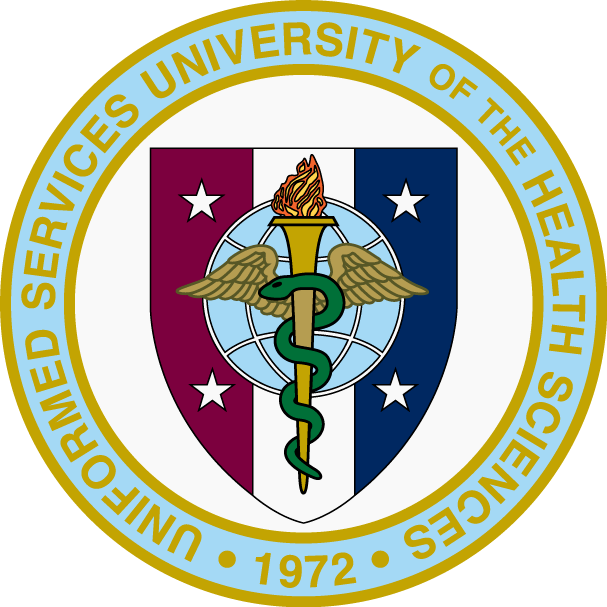Advancing the Health of US Service Women
HPV-Related Cancers: A Growing Threat to US Military Health and Readiness
Date: Thursday, June 23, 2022
Time: 12:00pm EST
Description: The MWHRS web series emphasizes mental and physical health topics discussed by leading experts. Specific topics will include: post-traumatic stress disorder (PTSD), veteran job placement, civilian readjustment, substance use and abuse, childcare, support network availability, financial health, intersectionality and diversity, sexual harassment and assault, urogenital health, acute and chronic back pain, equipment fit, pregnancy, menstruation, traumatic brain injury (TBI), migraine, sexually transmitted infections (STIs) and cervical cancer, permanent change of status (PCS) related lapses in health care, and musculoskeletal injuries. (See below for full description.)
Speaker: Dr. Julia Seay
Virtual Platform: GoToWebinar
Target Audience: Medical Corps, Nursing Corps, Medical Service Corps, Civilian Researchers /Academia
Fee: $0
CME/CE: 0 hrs
IMPORTANT: There is a 2 step registration process -
After registering on this site, you will receive a confirmation email with instructions to register with GoToWebinar to receive your logon instructions and calendar reminder.
This Series is Led By:

Background/Purpose:
Human papillomavirus (HPV)-related oropharyngeal and anal cancers are on the rise among both civilian and military populations in the US. Additionally, while rates of cervical cancer have declined over time, cervical cancer and cervical dysplasia remain a threat to health and mission readiness of service members. Despite the growing threat of HPV-related cancers, research regarding HPV prevention and cervical cancer practices among military populations is limited. In this presentation, we examine research on rates of HPV vaccination and cervical cancer screening uptake among active duty service members, as well as previous interventions to improve HPV-related cancer prevention practices in the military. This presentation will also inform future policies, interventions, and practices to reduce the threat of these cancers among military populations.
Methods:
A literature search was conducted using PubMed to identify and review studies regarding rates of HPV vaccination and cervical cancer screening uptake among active duty service members. We also examined literature on interventions to improve HPV-related cancer prevention practices within military populations.
Results:
Prior research indicates that less than 40% of female service members and less than 10% of male service members initiated the HPV vaccine from 2006 to 2017, and less than half of those who initiated the vaccine completed the full dose series. Air Force service members and health care workers were more likely to be vaccinated than members of other branches and in other occupational roles, respectively. Individuals who deployed were more likely to initiate the HPV vaccine but less likely to complete the vaccination series. Overall, cervical cancer screening among service members has declined over time, and only 60% of screening-eligible service members were compliant with screening guidelines in 2015. Navy service members were less likely to be compliant with cervical cancer screening recommendations than personnel in other service branches.
Conclusions:
HPV-related cancers are a growing threat to the health and mission readiness of military populations. Previous studies indicate that service members are more likely to have HPV than civilians, putting them at greater risk for developing HPV-related cancers. Current research on HPV vaccination and cervical cancer screening uptake among service members suggests the need for improvement in HPV-related cancer prevention practices in military health care settings. Moreover, the expansion of policies and interventions to improve access to and uptake of HPV vaccination and cervical cancer screening is warranted.
Learning Objectives
- Describe recent estimates of HPV vaccination and cervical cancer screening uptake among active duty service members.
- Understand the impact of interventions to improve HPV vaccination uptake among service members.
- Discuss actionable recommendations for improving HPV prevention practices in military health care settings.
Disclaimer: I am a military service member or employee of the U.S. Government. This work was prepared as part of my official duties. Title 17, U.S.C. §105 provides that copyright protection under this title is not available for any work of the U.S. Government. Title 17, U.S.C. §101 defines a U.S. Government work as work prepared by a military service member or employee of the U.S. Government as part of that person’s official duties. This work was supported by the Military Operational Medicine Research Program, the Defense Health Program, and the Department of Veterans Affairs under work unit no. 60002. The views expressed in this work are those of the authors and do not necessarily reflect the official policy or position of the Department of the Navy, Department of Defense, nor the U.S. Government. The study protocol was approved by the Naval Health Research Center Institutional Review Board in compliance with all applicable Federal regulations governing the protection of human subjects. Research data were derived from an approved Naval Health Research Center Institutional Review Board protocol, number NHRC.2000.0007.